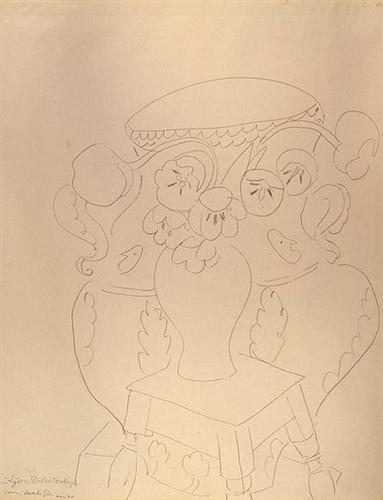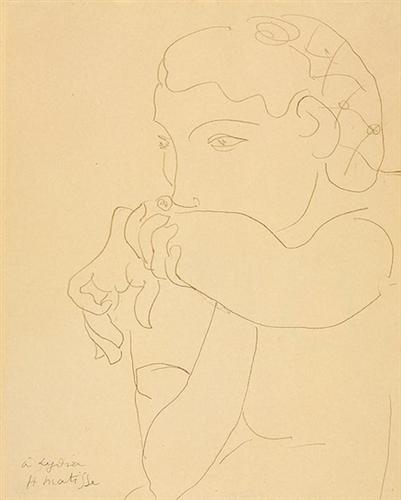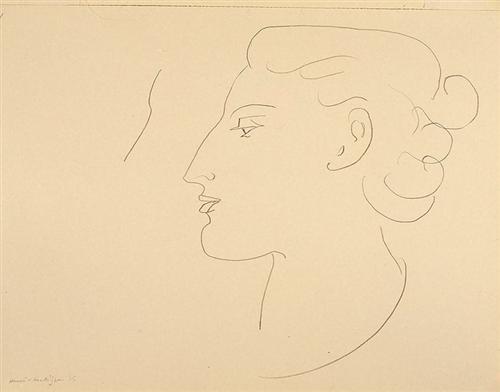----------------------------------------------------------------------------------------------------------------
When drawing portraits, like with still lifes, it helps to identify lights and darks with your charcoal, as well as get your proportion right. This is easiest to do with vine charcoal (due to it's temporary nature).
Once you establish what you feel is the basic building blocks of your piece, you can start to fill in your darks using compressed charcoal. The ways of doing this depend on your comfort level. Some people choose to abandon their vine charcoal and use only compressed from this point on. Others (such as myself [that being Maya]) choose to switch between vine and compressed. I'm heavy handed and indecisive and have learned that when I use only compressed charcoal I end up with a lot of unwanted lines and a value scale that lacks lights and whites.
This is also a point where more details can be added. Though it is up to personal preference on how to do so. Some people choose to focus on one area at a time (such as below with the left eye and nose) while others choose to work on and develop the piece as a whole (such as the first video). Again it all goes down to personal preference and comfort level. Both options have pros and cons.
It helps to create a ground with vine charcoal before going in with your compressed charcoal for dark areas. Just to be sure you're happy with the placement.
Continuing the process, using which ever method you prefer, should begin to yield your final (or thereabouts) piece. You should maintain a wide range of values and try to use harsh lines sparingly.
This is a semi completed piece. My blacks are defined with compressed charcoal but I still have enough value created with vine charcoal to give me the option to go back in and work more on some of his features. Portraits are just a matter of working into the piece until you get your desired result.













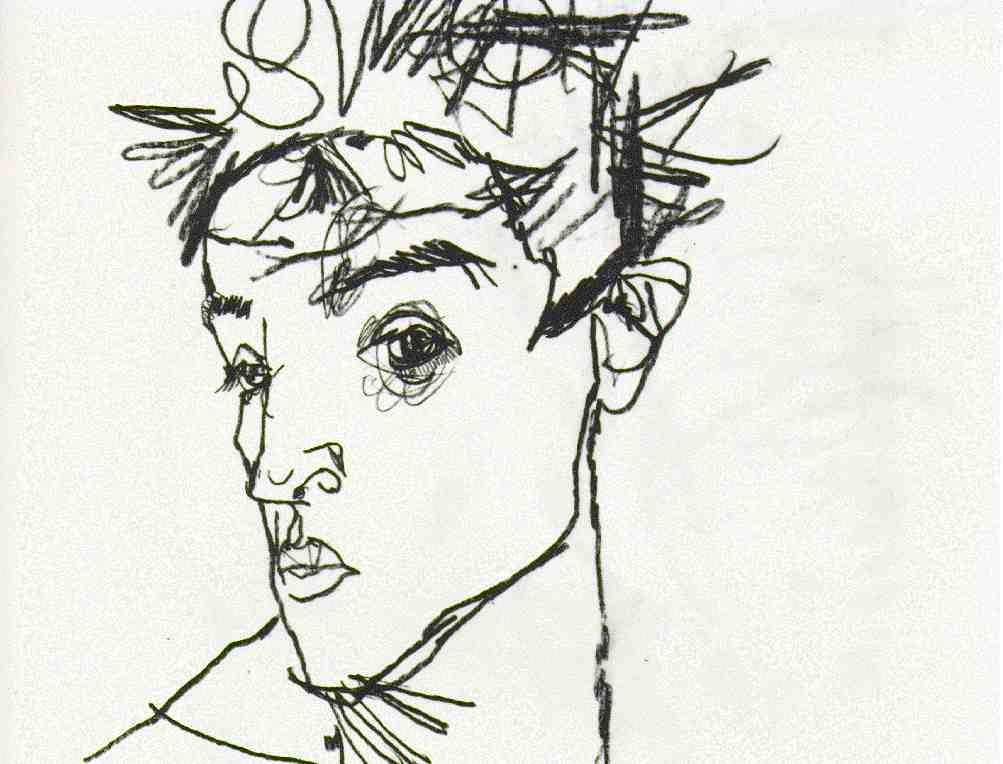



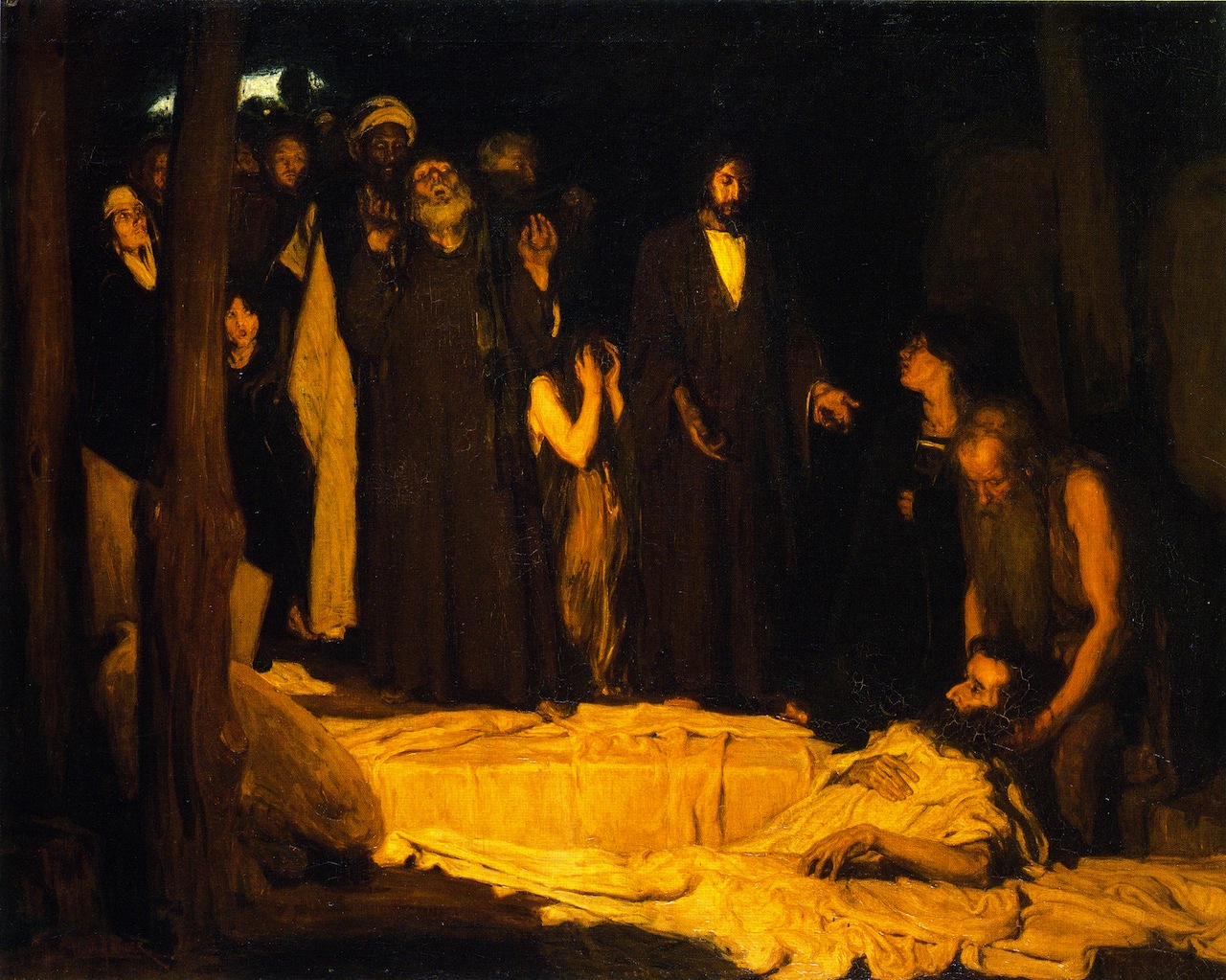


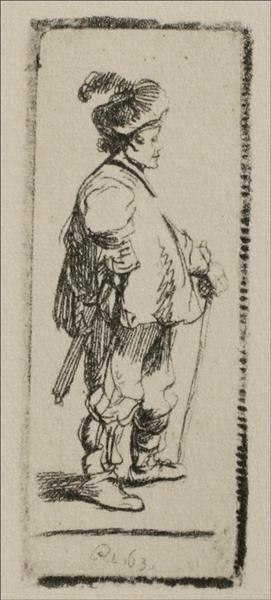









_-_Google_Art_Project.jpg)









